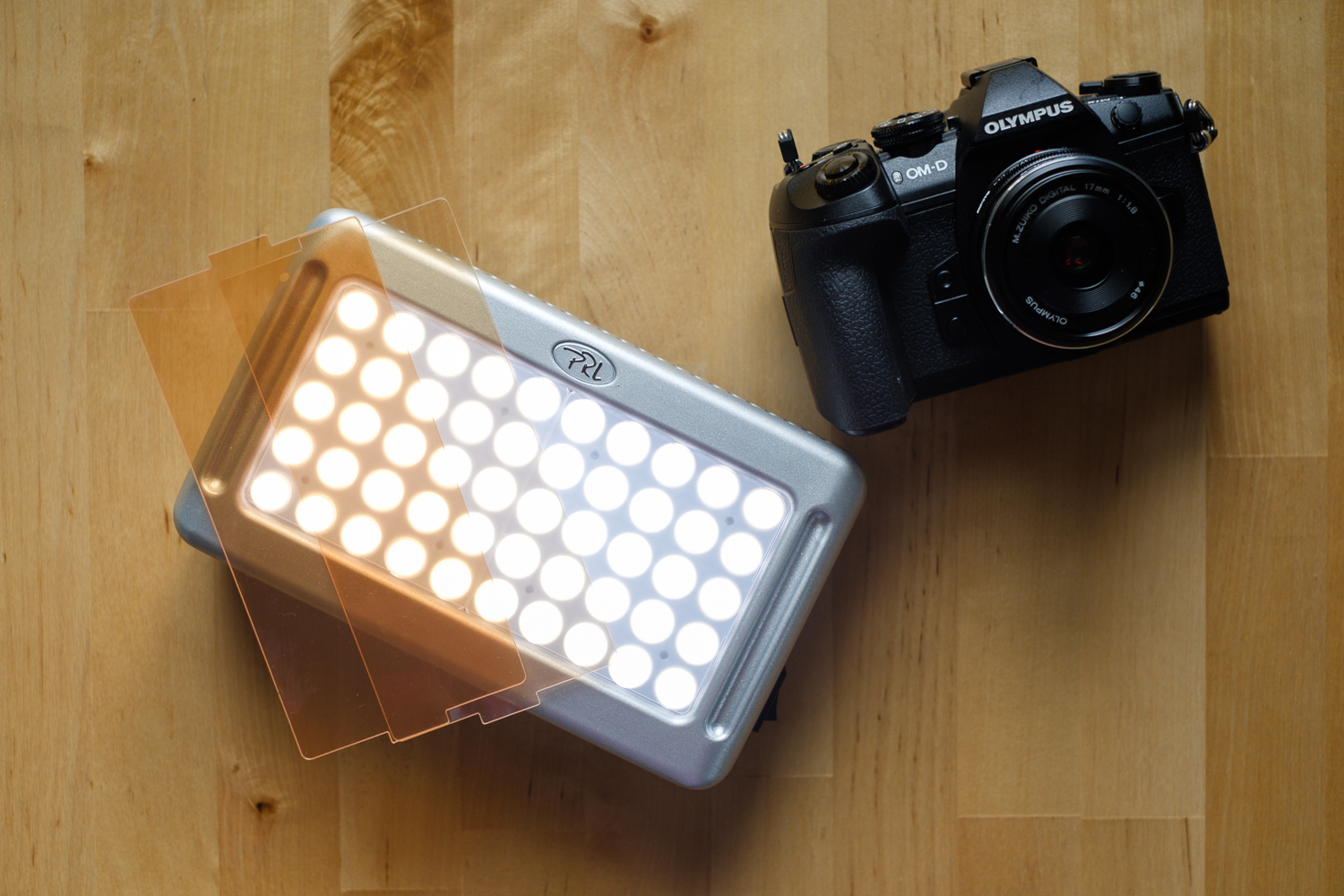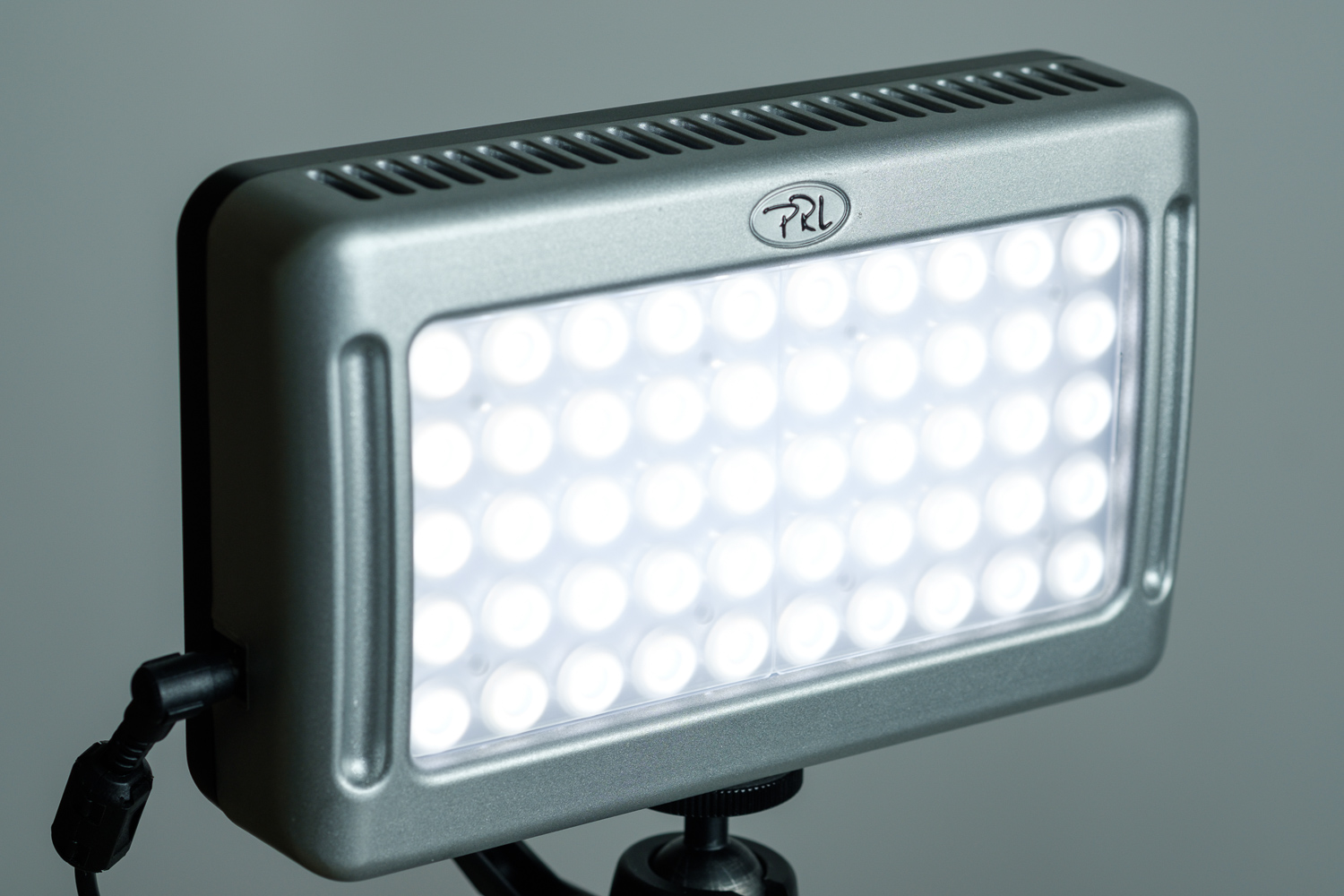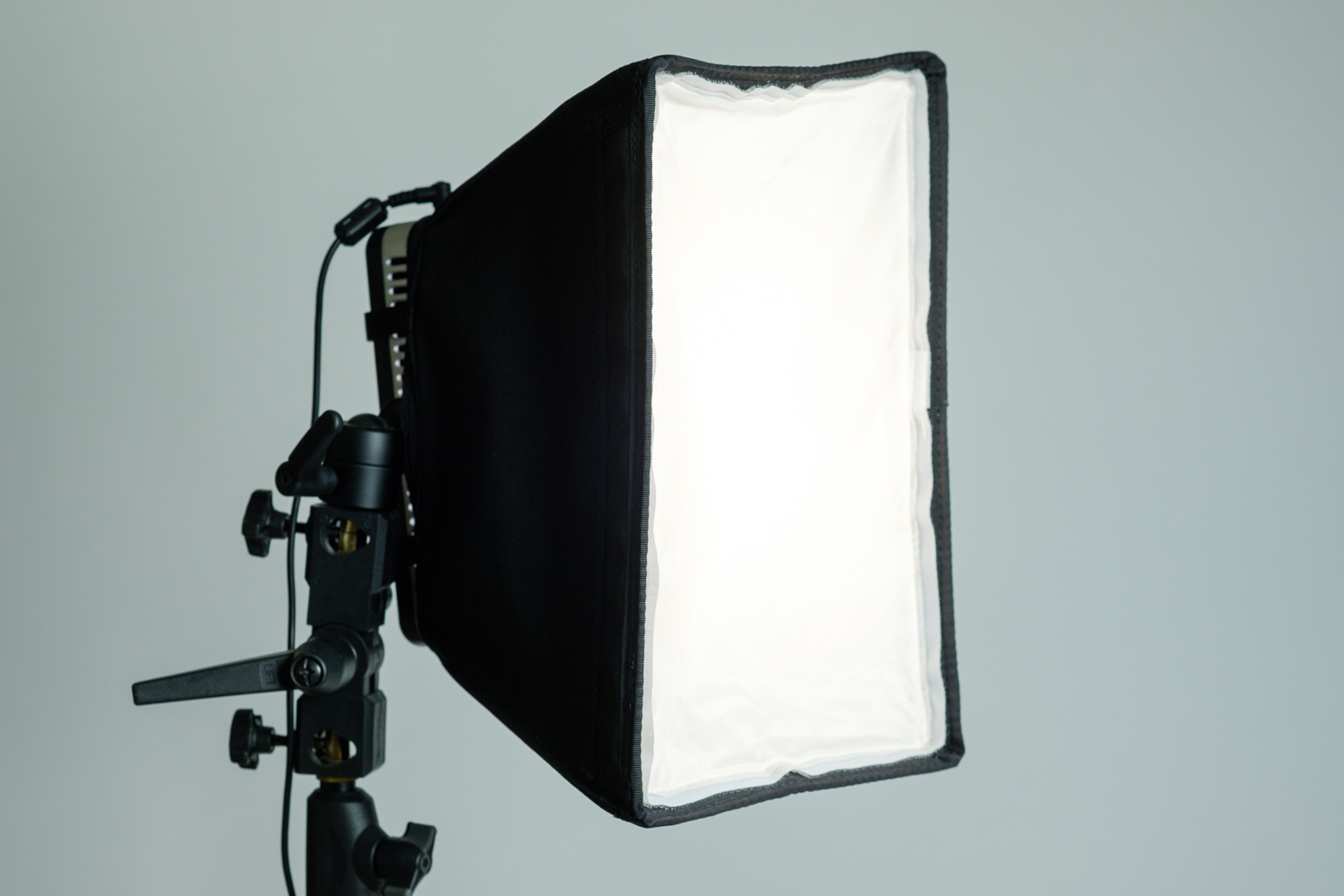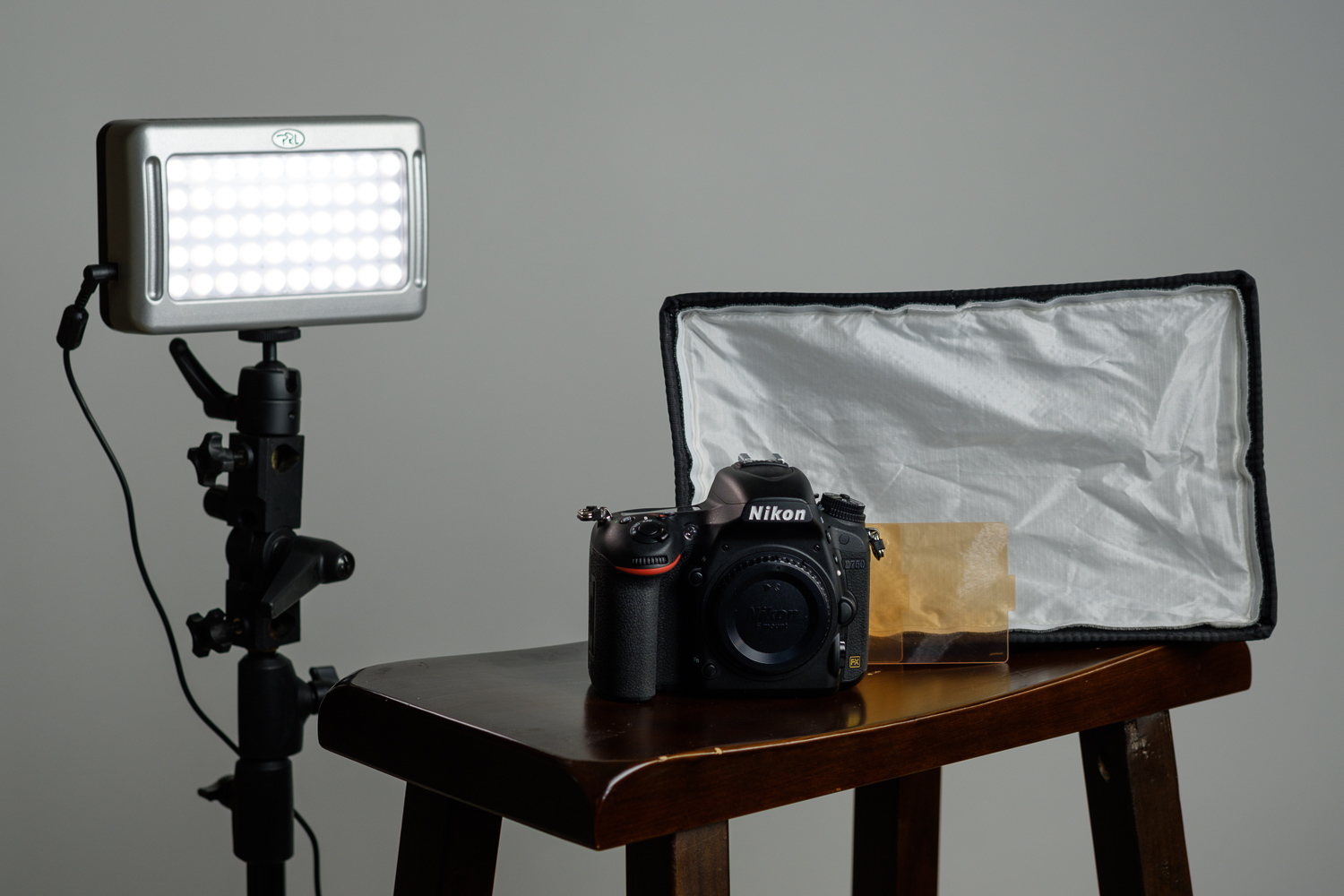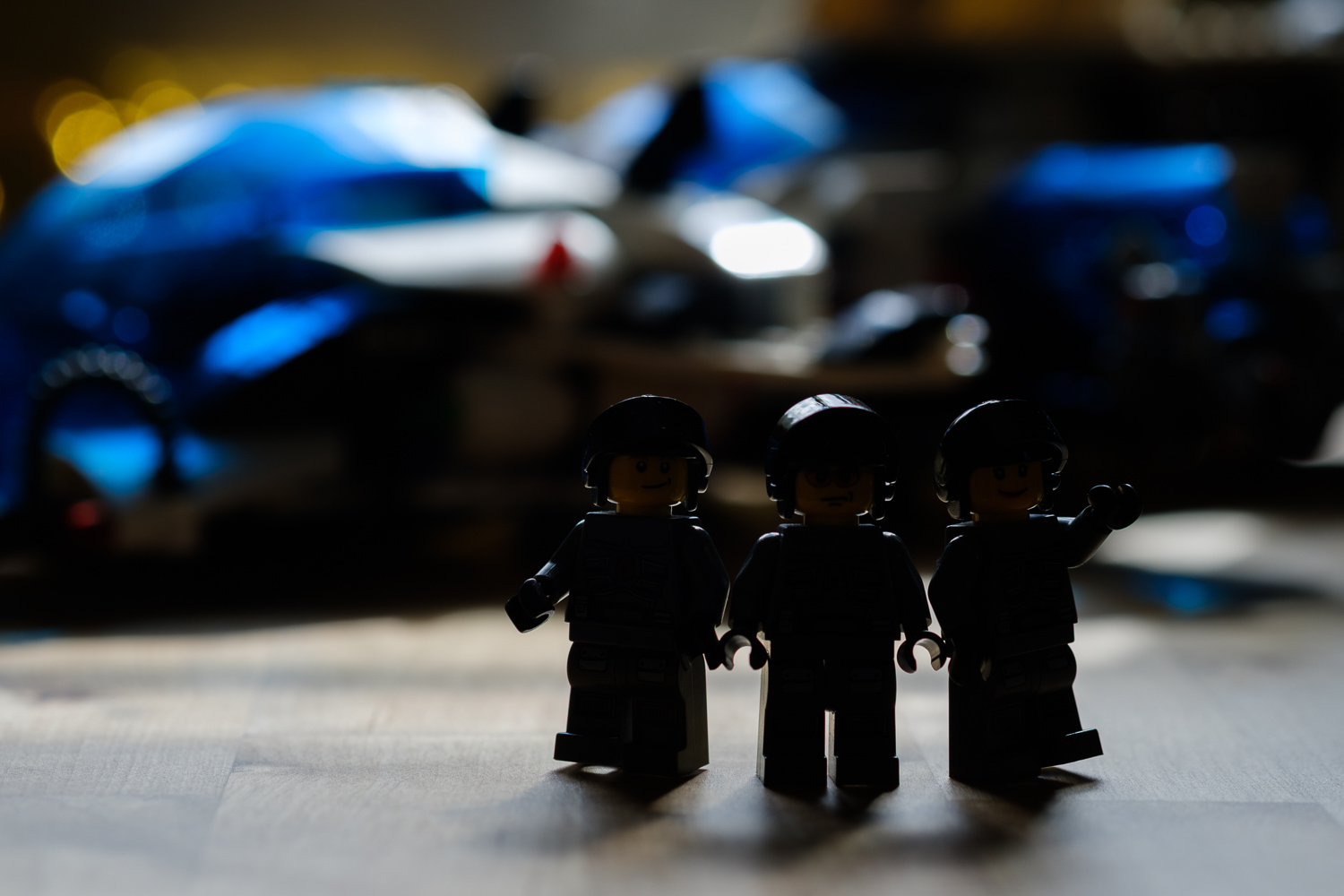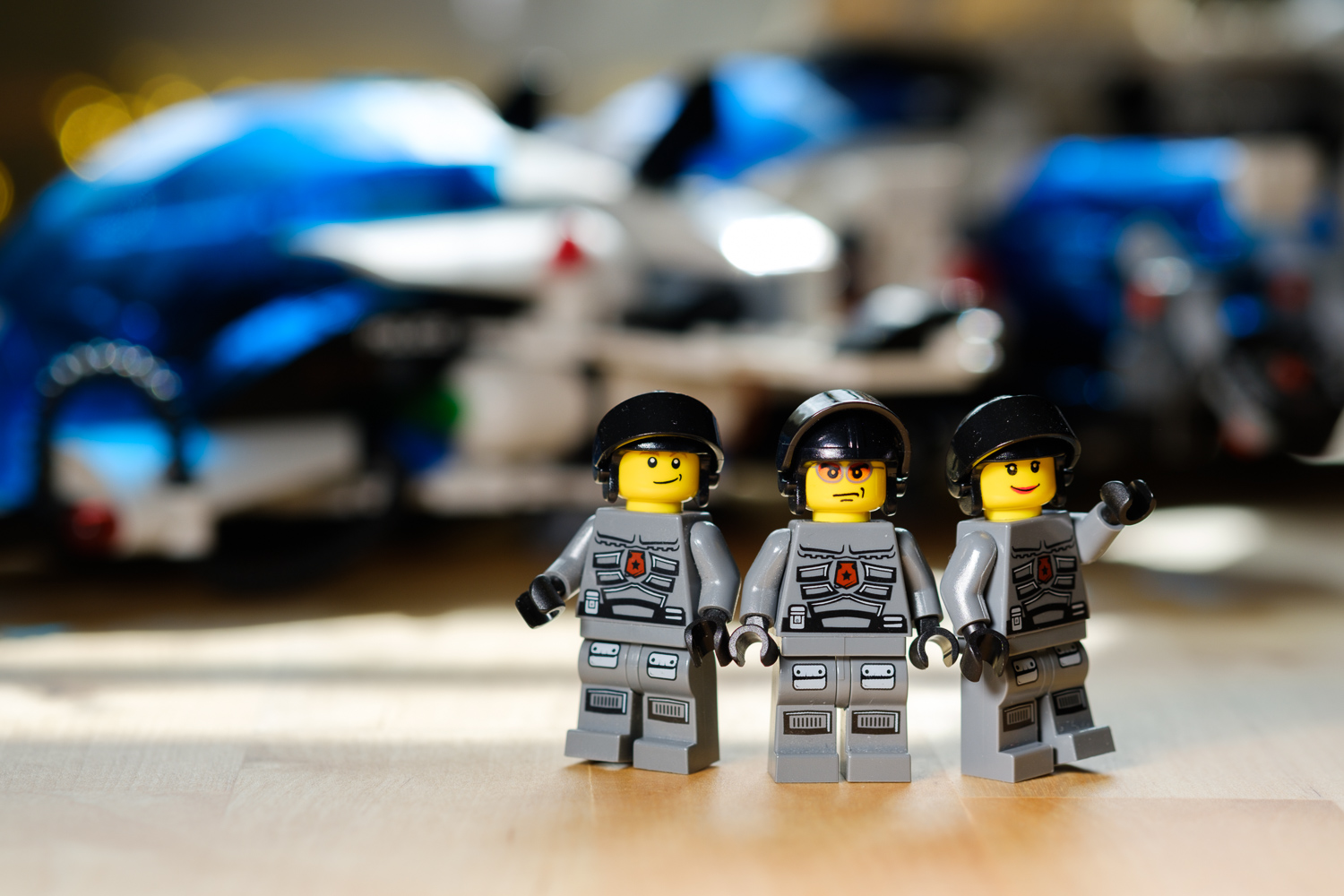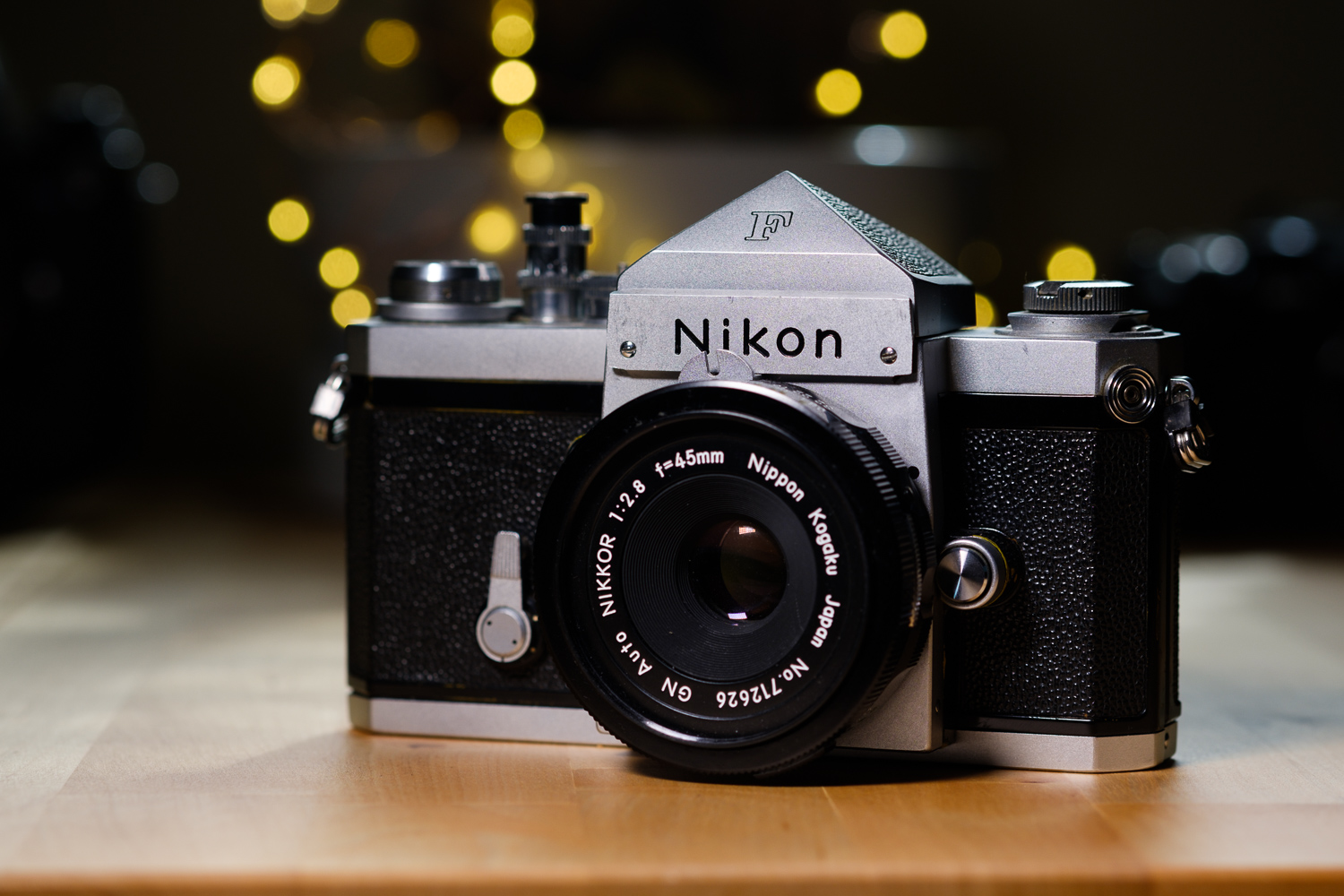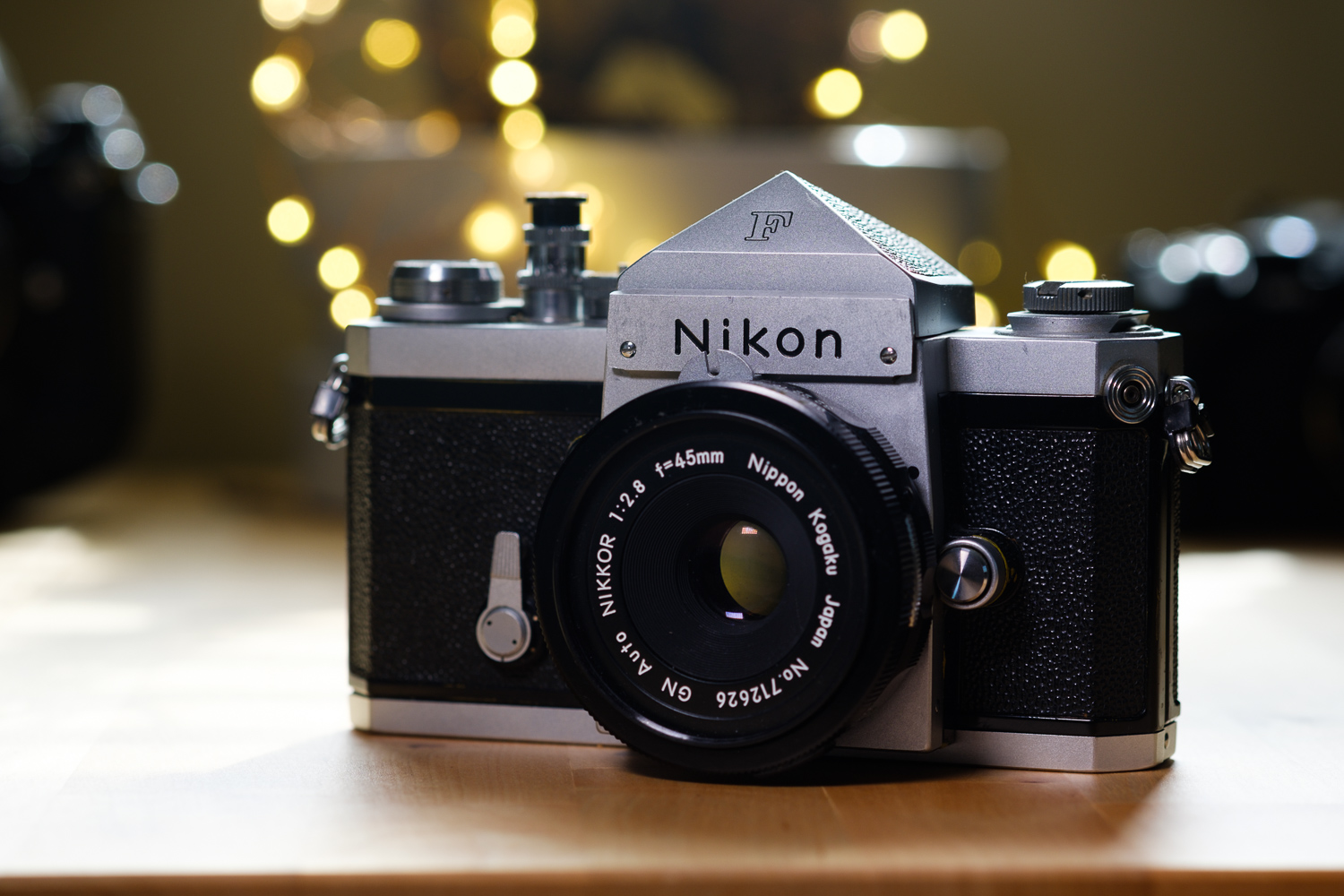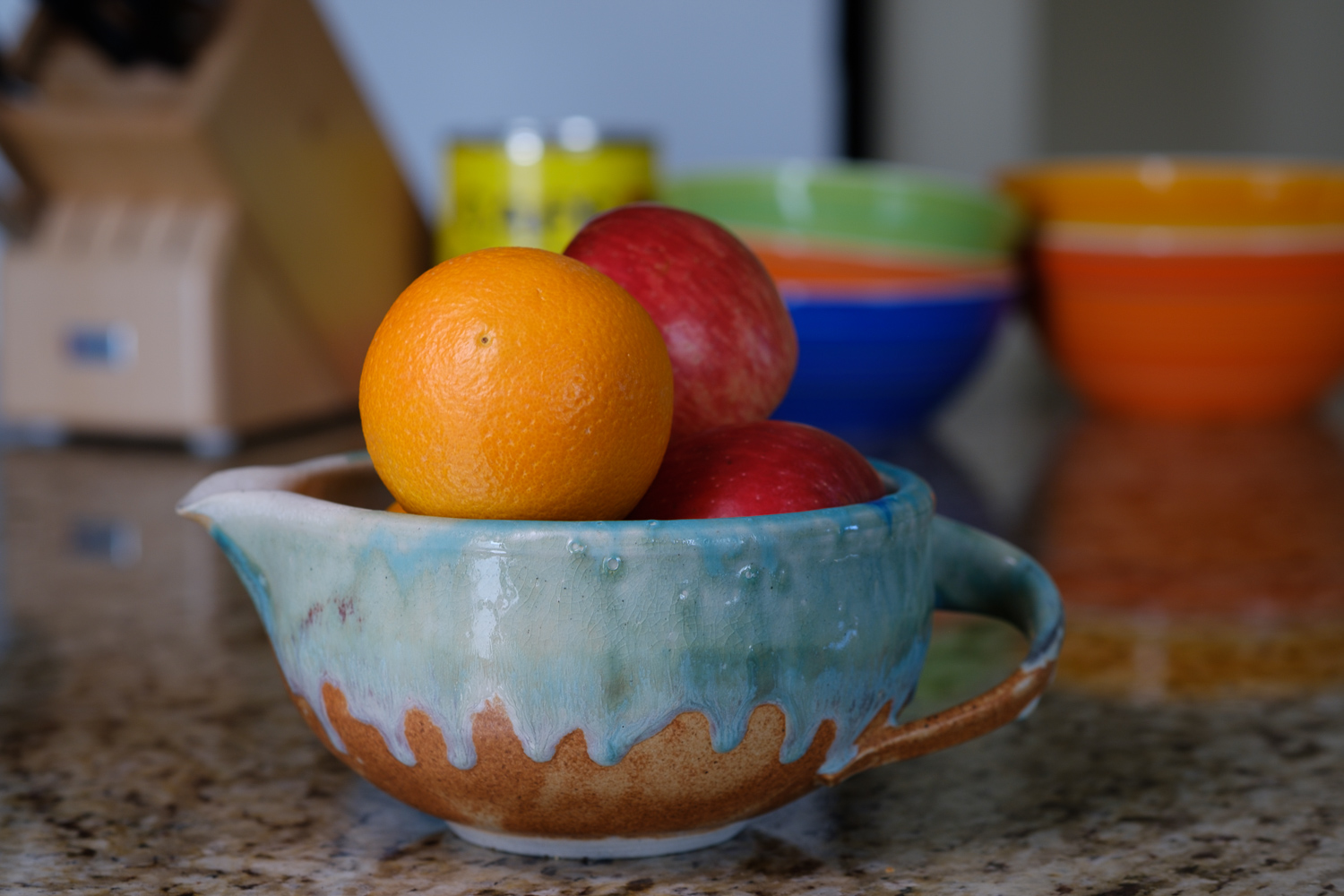When you think of a camera flash, you may be picturing the minuscule light-emitting diode that lives in your smartphone camera. You probably get annoyed every time it illuminates and ruins your would-be perfect latte photo. Such a flash can seem to fire without warning, and it always happens when you really didn’t need to be drawing more attention to yourself. Perhaps, you’ve figured out how to turn it off completely — the flash is so bad, you’d rather have the noisy, blurry images that otherwise come out of low-light situations.
But flash photography need not be terrible, even if our early experiences with it tend to preclude us from wanting to try more of it. And learning to do it right — either with better on-camera flash units or expensive off-camera studio strobes — can be challenging. Learning to light with flash means rethinking, to a degree, what you know about exposure — changing your shutter speed, for example, won’t change the effective brightness of the flash. Your camera will likely work differently, too, as flashes put a soft limit on the fastest shutter speed you can use.
While an external flash unit — often called a “speedlight” or “speedlite,” depending on brand — was once the only reliable option for a light that was both portable and powerful, advancements in LED technology have made small, battery-powered constant lights possible. Such LED panels can be mounted straight to your camera, or used off-camera without any need for a sync cable or wireless trigger. As we’ll get into, LED lighting won’t fully replace flash, but learning to light with constant lights could be much easier for the novice photographer.
For this article, we were provided with a PRL Lustra L50, a 7.7-inch-wide panel that uses 50 high-powered LEDs. It retails for $335 ($399 tested, including soft box and gels), making it about equal in price to midrange flashes from the likes of Canon and Nikon.
What you see is what you get
Perhaps the biggest benefit of working with a constant light is that you can see the light before you take the photo. Studio flashes will usually have a “modeling light” for this purpose, but the color and intensity of that light is usually much different than the flash itself. Working with an LED panel, you can see everything exactly as the camera sees it.
This will feel more intuitive for both on-camera and off-camera lighting, but it is the latter where it can really save you some trouble. Being able to see where and how the light falls on your subject as you reposition the light will save you from the painstaking “guess and check” process of working with an off-camera flash.
Once your light is positioned, you can control exposure on your camera just like you would under natural light. A constant light has no bearing on shutter speed, so there’s nothing new you have to learn about exposure.
However, you will still need to pay attention to the brightness of the light. Most LED panels offer variable brightness control, and dialing in the correct power is about more than simply making your subject brighter or darker. Any change you make to the light will need to be reflected by a change in your camera’s exposure settings, so turning the light up can make your subject brighter, yes — but it an also make the background darker. Controlling brightness determines how much your subject either blends in or stands out from the surrounding environment, and working with a constant light means you’ll be able to quickly judge this by eye before you look through the viewfinder.
- 1. Light at full power.
- 2. Light at minimum power.
You should also note the color balance of your LED panel. The Lustra L50 is balanced to 5,600 kelvin, roughly the color temperature of sunlight, which will give it a blue tone relative to incandescent bulbs (~3,200k). If you’re shooting in a mixed-light environment, this is something to be aware of. Many LED panels actually offer variable color temperature control in addition to power control, but this often comes at the expense of maximum brightness. The Lustra L50, therefore, offers a single color temperature, but the kit we tested includes CTO (color temperature orange) gels, which help balance the light to match warmer incandescents.
LED panels are great for video, too
The onset of LED lighting was nothing short of a revolution for the video industry. Compact panels run cooler, sip much less electricity, and are easier to transport than traditional video lighting gear. Early models lacked the color rendition performance of other types of lights, but many LED panels today advertise a Color Rendering Index (CRI) score of at least 95 (the Lustra L50 is particularly good, at 97).
If you shoot both stills and video, buying an LED light means you’ll have a light source that is viable for both. A flash, for obvious reasons, is worthless for video. There is certainly nothing wrong with buying different lighting gear for still photography and video, but for beginners on a budget, having one tool that can play multiple roles is a more efficient solution.
You still shouldn’t ignore flash
As good as LED lighting is, there are still reasons professional photographers stick with flash, the most obvious of which is simply power. Due to the way flash bulbs and capacitors work by discharging a large amount of energy over a very short period of time, a common external camera flash is going to be many times brighter than a portable LED panel. In our test, with a subject distance of about 6 feet, a Nikon SB-700 speedlight fired at maximum power was four stops brighter than the Lustra L50 at its maximum power. For perspective, that’s the difference between shooting at ISO 200 or ISO 3,200.
Second, because a flash fires so quickly, it can also be used to freeze motion. Depending on the setting, a flash can effectively replace a fast shutter speed. This also opens up some creative opportunities, as you can use a slow shutter to capture motion blur and a flash to freeze a subject in the same frame. Constant lights don’t have this flexibility.
Finally, any first-party flash available for your camera system will feature some sort of automatic mode. A modern flash is very good at working with the camera to determine how much light to add to a scene, and while such systems don’t always get it right, this does make a flash potentially more foolproof than a constant light.
Still, despite its advantages, flash photography is difficult to master and it’s easy to see why novice photographers can feel put off by it. Constant lights don’t come with such a steep learning curve, but will still teach you the basics of how light works, how it can shape a subject, and how it can add dimension to a photograph.
